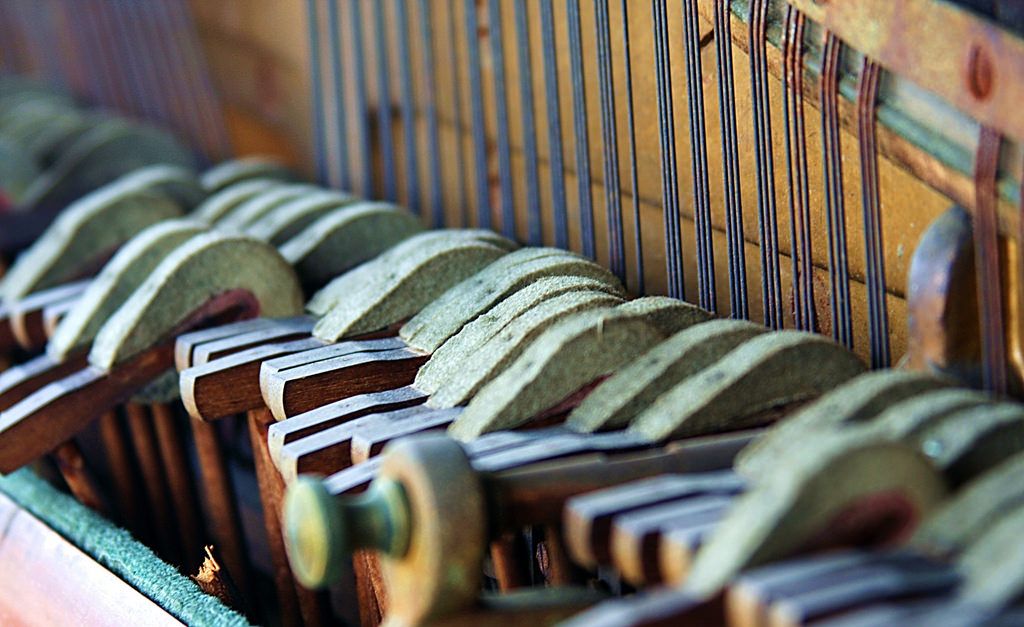Is the Piano a String or Percussion Instrument?
Labels are limiting. It’s hard to truly define something or someone by one word or another. But as humans, we can’t seem to give it up. And so we get caught up in trying to classify the piano as a percussion or string instrument.
If you’re looking for a straight answer, the Hornbostel-Sachs classification system has you covered. Dreamt up by Erich Moritz von Hornbostel and Curt Sachs in 1914, the system confidently groups instruments into one of five categories. Here, pianos fall squarely into the family of chordophones, instruments that produce sound by way of vibrating strings.
That makes sense, considering that the string resonates over that grand, winged soundboard to produce sounds both messianic and melancholy. But, because of the way those strings are sounded — with a complicated action that involves hammers striking the strings — some will make a case for it being percussion.
The hammer-string qualities of the piano are unique, and a result of a compromise between the piano’s older cousins, the clavichord and the harpsichord. Clavichords are much smaller, in both size and sound — they were intended for private use, keyboard practice and composition, rather than public performance. Clavichords might remind you of a guitar — sound is produced when a blade called a tangent slams onto the strings, which could sometimes be fretted. But it’s greatest strength, it’s intimacy, was one of its greatest drawbacks. They’re just so, so quiet.
Harpsichords are also pretty guitar-like; they produce sound by plucking the strings with a plectrum. The harpsichord fixed the clavichords quiet problem. It was loud, and performers could rock out with a small orchestra. But it was very difficult to coax dynamic nuances from the instruments. So, when the piano and it’s weird hammers came around at the end of the 18th century, it was a “best of both worlds” scenario. For a true insider’s view on the piano-hammer-string action, watch this performance from pianist Chilly Gonzales during a 2013 visit to WQXR.
If you really want to look at the percussion-string question from a different perspective, think about the different ways you can manipulate the sound. Wondering if the piano could be a “pure” string instrument, where the musician interacts with the strings directly? It can be done. Just check out Ben Folds casually reach into the belly of the piano and pluck away.
And then there’s Joachim Horsley, who executes a similar technique with his creative interpretation of the theme from Psycho, for piano and knives.
Horsley’s “Beethoven in Havana” also coaxes out some unusual timbres from the instrument. Rubber mutes on the hammers yield an electric sound, and he uses claves, mallets, brushes and his hands to beat out rhythms on the piano’s strings, prop arm and lid.
There you have it. The piano can make a bunch of cool and exciting sounds. Honestly, let the instrument be whatever it wants to be — it doesn’t need our labels.
